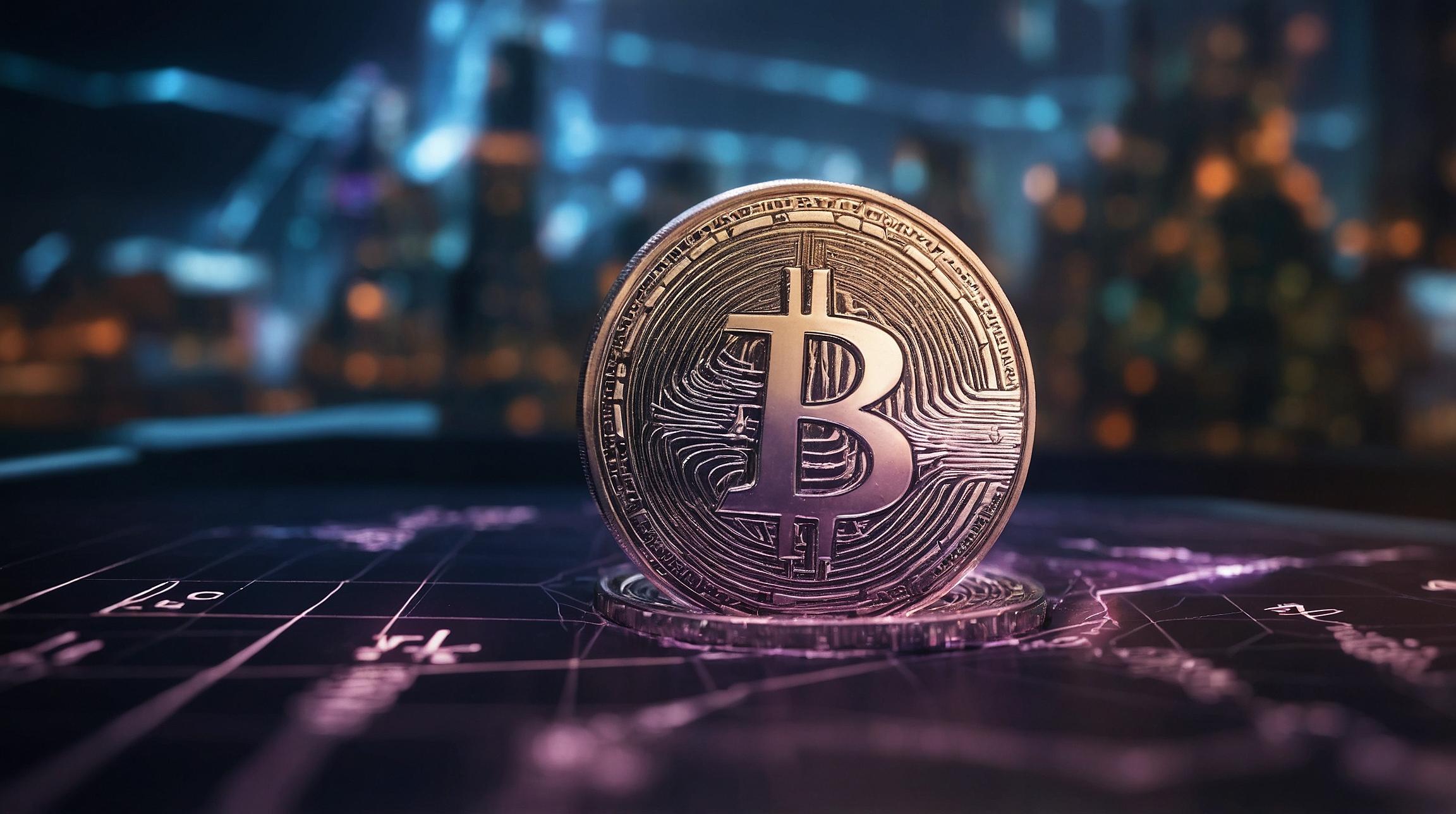Understanding the Big Mac Index and Bitcoin's Growth
Bitcoin's purchasing power has seen a dramatic increase over the past decade. If you bought a Big Mac today using Bitcoin, you could get over 10,000 of them, compared to just 51 Big Macs back in 2015. This is thanks to the substantial rise in Bitcoin's value. In 2024, it's estimated that one Bitcoin will buy you around 10,500 Big Macs.
The Big Mac Index, created by The Economist, is a simple way to illustrate a concept called purchasing power parity. It compares the cost of a Big Mac in different countries to gauge whether currencies are at their "correct" level. For example, if a Big Mac costs more in dollars than in euros, the dollar might be overvalued relative to the euro.
Bitcoin vs. Traditional Assets: An Impressive Performance
While Bitcoin's value has dramatically increased, traditional assets like gold have not kept pace. Over the same period, gold's value in terms of Big Macs only rose by approximately 35%, showing how much more Bitcoin has grown.
Currency Valuation Insights
The official Big Mac Index also tracks currency valuations and reveals that some currencies are overvalued compared to the US dollar. As of July 2024, the British pound, Swiss franc, and several other currencies were noted to be overvalued.
Bitcoin’s Unique Growth Trajectory
Since 2015, the cost of a Big Mac in the U.S. increased from $4.29 to $5.69, up by 32%. Despite this, Bitcoin's ability to purchase Big Macs has grown exponentially, underscoring its volatile yet remarkable growth. While traditional assets offer stability, they haven't matched Bitcoin's rapid appreciation.
Bitcoin: A Hedge Against Inflation
Some argue that Bitcoin isn't an effective hedge against inflation over short periods. For instance, in a single day or month, Bitcoin's performance can be outpaced by stable assets like US Treasuries. But when looking at a decade or even five years, Bitcoin clearly shows its strength, outpacing inflation in terms of buying Big Macs.
In conclusion, while Bitcoin's journey is marked by volatility, its long-term growth in purchasing power, especially relative to inflation, makes it a noteworthy asset. However, it's crucial to consider long-term horizons when evaluating its effectiveness as a hedge against economic uncertainty.













